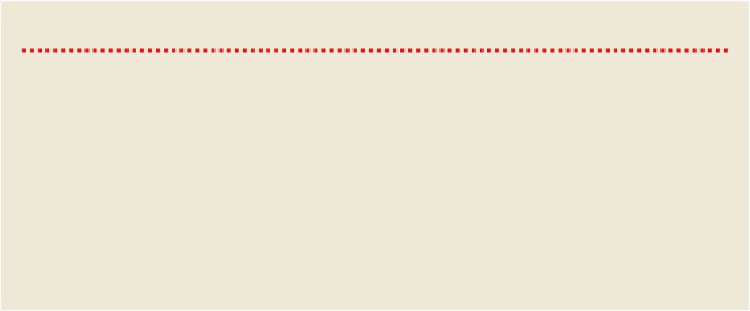Travel Reference
In-Depth Information
LIBERAL COUNTERWEIGHT
Pridi Phanomyong (1900-83) was a French-educated lawyer and a civilian leader in the 1932 revolution and
People's Party. His work on democratic reforms in Thailand was based on constitutional measures and attempts
to restrict by law military involvement in Thai politics. He supported nationalisation of land and labour, state-led
industrialisation and labour protection. In 1934, he founded Thammasat University. He also served as the figure-
head of Seri Thai (the resistance movement against WWII Japanese occupation of Thailand) and was Thailand's
prime minister (1946).
Though acknowledged as a senior statesman, Pridi Phanomyong was a controversial figure and a major foe of
Phibul and the military regimes. He was accused of being a communist by his critics and forced out of the coun-
try under suspicion of regicide following the mysterious death of King Ananda Mahidol. Since the thawing of
the Cold War, his legacy has been re-examined and recognised for its democratic efforts and the counterbalan-
cing effects it had on military interests. He was named one of Unesco's great personalities of the 20th-century
world in 2000.
Military Dictatorships
In 1957 Phibul's successor, General Sarit Thanarat, subjected the country to a military
dictatorship: abolishing the constitution, dissolving the parliament and banning political
parties. In the 1950s, the US directly involved itself in Southeast Asia to contain com-
munist expansion in the region. During the Cold War, the US government gave economic
and military support to the Sarit government and continued that relationship with subse-
quent military dictators, Thanom Kittikachorn and Praphat Charusathien, who ruled from
1964 to 1973. They negotiated a package of economic deals with the USA in exchange
for allowing the development of US military bases in Thailand to support the Vietnam
War.
By 1973, an opposition group of left-wing activists, mainly intellectuals and students,
along with peasants, workers and portions of the middle class, organised political rallies
demanding a constitution from the military government. On 14 October that year the mil-
itary suppressed a large demonstration in Bangkok, killing 77 people and wounding more
than 800. The event is commemorated by a monument on Th Ratchadamnoen Klang in
Bangkok, near the Democracy Monument. King Bhumibol stepped in and refused to sup-
port further bloodshed, forcing Thanom and Praphat to leave Thailand.
In the following years, the left-oriented student movement grew more radical, creating
fears among working-class and middle-class Thais of home-grown communism. In 1976
Thanom returned to Thailand (ostensibly to become a monk) and was received warmly
by the royal family. In response, protestors organised demonstrations at Thammasat
University against the perceived perpetrator of the 14 October massacre. Right-wing,

